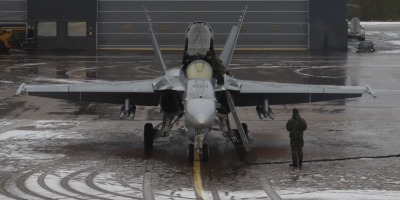
Tag: Politics
17 Posts

White papers, dark prospects
HX Trumped
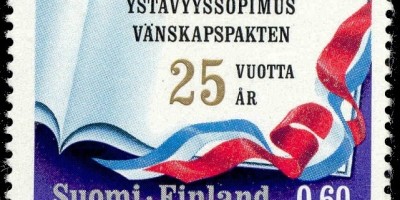
Article 546 – Finnish officers under pressure
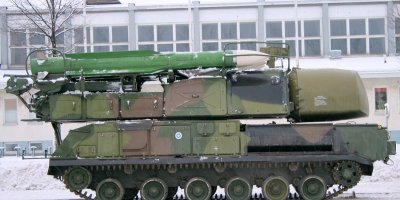
The Finnish Investigation
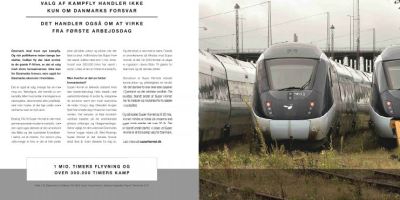
How not to choose your fighter – The Danish Kampfly
Estonian Updates
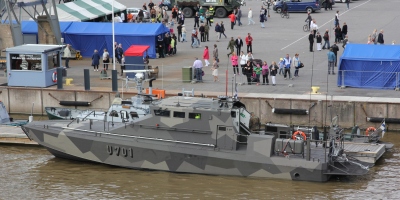
Smoke and Mirrors – Finnish Defence Forces Spiralling Downwards?

